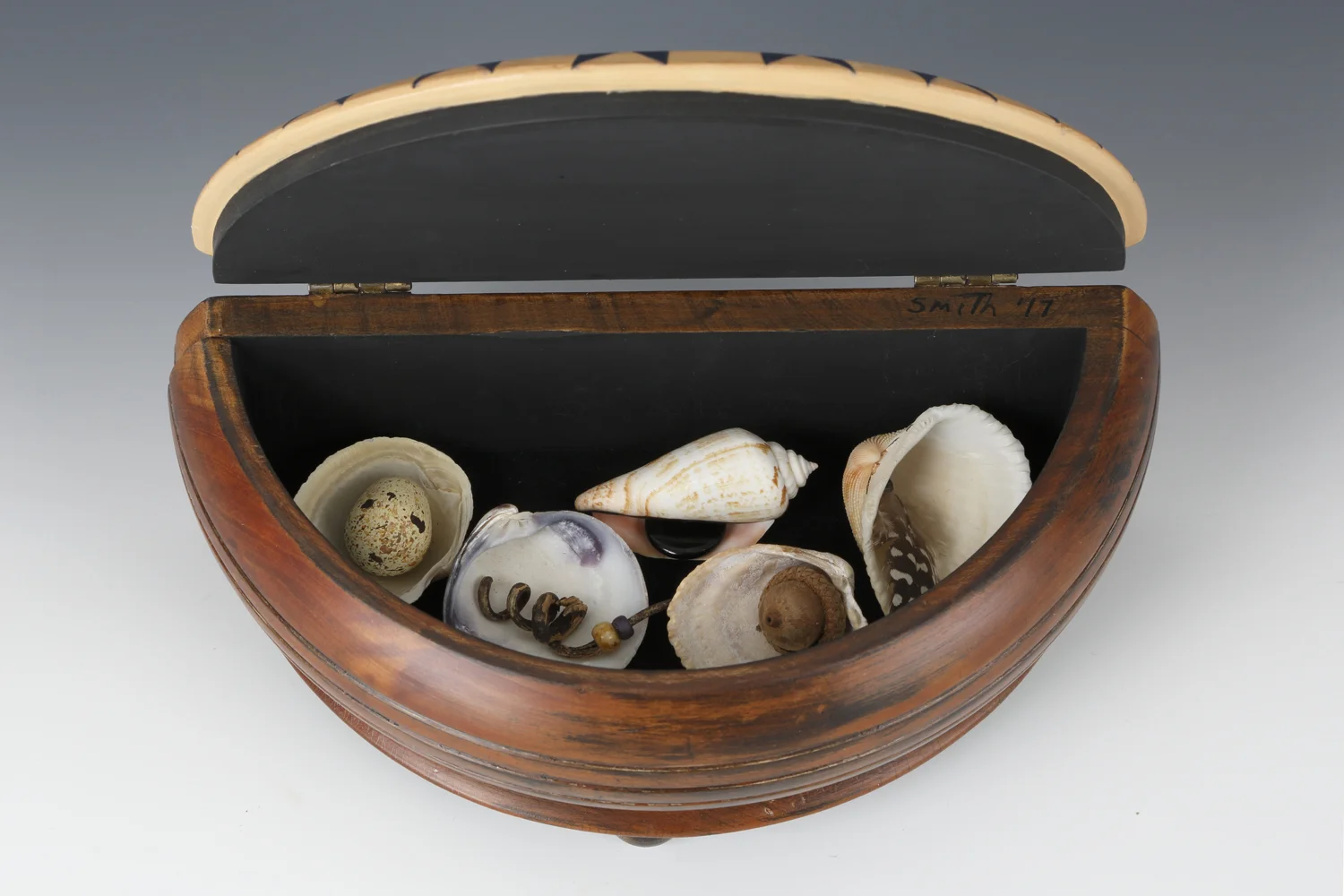Disrupting a Sense of Linear Time
"IghborhoodNe" by Luke Gnadinger, Ceramic, 7Hx 24W,x2.75in, 2017, POR
On Luke Gnadinger’s website we find a statement in which the artist describes his work as, “…being post-media and concerned with the ways domestic ‘containers’ impart a shaping force on our notions of home and identity. Generally, this foregrounds what would otherwise be supplemental or armature. While not limited to, this often employs the industrial history and materials of ceramics, photography, or coding languages to position the work someplace between archival-object and design-object, disrupting a sense of linear time.”
"Fluids" by Luke Gnadinger, Ceramics, Steel, Acrylic, 48Hx24Wx8Din, 2017, POR
There is an intriguing balance of rustic and digital in Gnadinger’s work. He seems as comfortable using “a hexadecimal editor to produce coding aberrations”, as he is creating somewhat traditional, functional, ceramic vessels. He incorporates found objects that evoke nostalgia in installations of a very modern sensibility. In “House”, the effect is entirely modern, but “Fluids” mines a collective memory that elicits a sentimental response. The vintage ceramic knobs on the fixture have been recoated with slip and fired again by Gnadinger, giving the artifacts a new sheen that makes nostalgia more seductive.
In “Super Great Horse Art”, the packaging concept merges bourbon and horse racing culture in a pointed commentary on art as product in Kentucky. As both are Sacred Cows in the Bluegrass State, the implications, however undeniable, are still somewhat bold for a Kentucky-born artist, and it seems an especially clear example of Gnadinger’s statement about positioning work “between archival-object and design-object”.
Another balance that fascinates is the notion of complex ideas expressed through graphic forms of great simplicity. Those “Horse Art” bottles recall generic labeling from the 1970’s, and in the curiously titled “ighborhoodNe” the forms are equally fundamental, with red map diagrams that have the effect of stamps. There is an ornate quality to the surface design, yet the work remains straightforward and uncluttered, allowing for a direct understanding between the artist and the viewer. For being so conceptual an artist, Gnadinger’s work is refreshingly accessible, but never dumb.
Since receiving his degree from Transylvania University in Kentucky, Gnadinger has worked as an assistant and been a winter resident at Penland School of Crafts in North Carolina.
Gnadiniger’s work is currently featured in show MAP/PING in Morlan Gallery in Lexington, through December 5, 2017.
Hometown: Louisville, Kentucky
Education: BFA, Studio Art, Transylvania University
Website: www.lukegnadinger.com
Instagram: lukegnadinger/
Scroll down for more images
"SUPER GREAT HORSE ART" by Luke Gnadinger, Ceramic, Set: 12Hx24Wx48Din, 2015, POR
"Lagrange, #2" by Luke Gnadinger, Cyanotype, Birch, 20Hx36Wx.5Din, 2017
"House" by Luke Gnadinger, Windows, Cord, Lights, Slumped Plexiglass, 4Tx20Wx20Dft, 2014
"Landscape, #5" by Luke Gnadinger, Digital print, 6dx0in, 2017, POR
Written by Keith Waits. Entire contents copyright © 2017 Louisville Visual Art. All rights reserved.



































